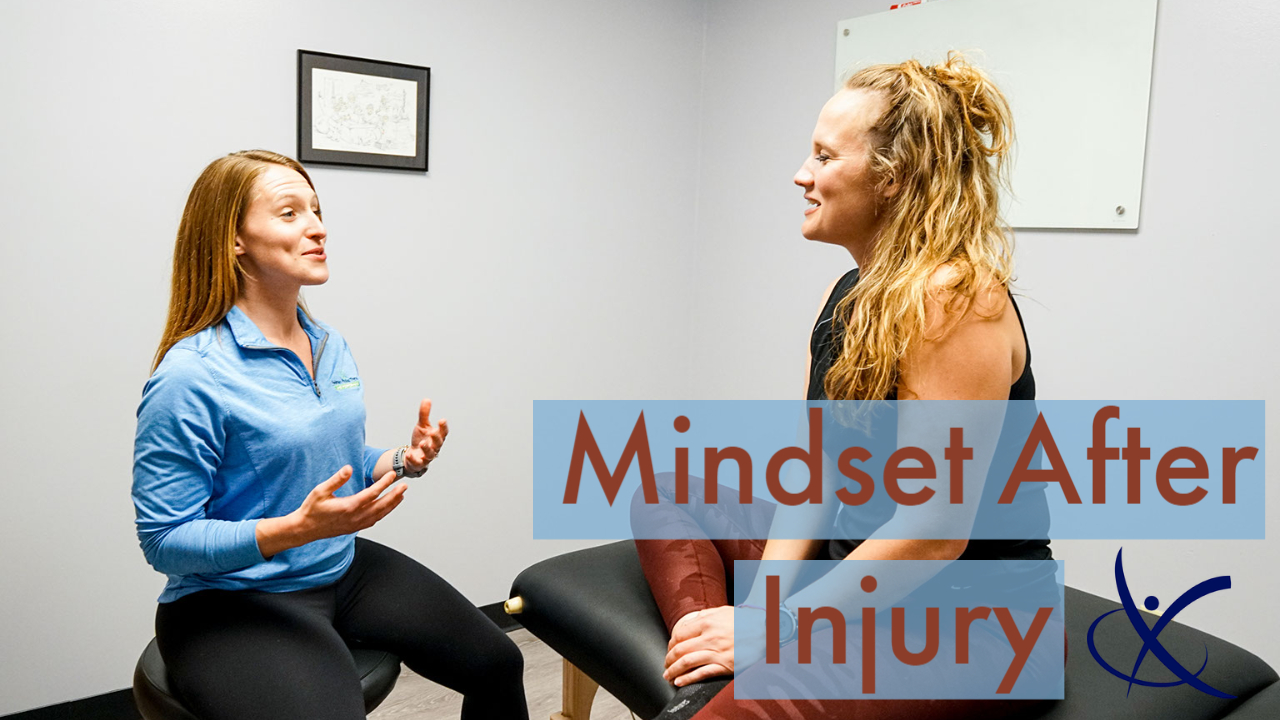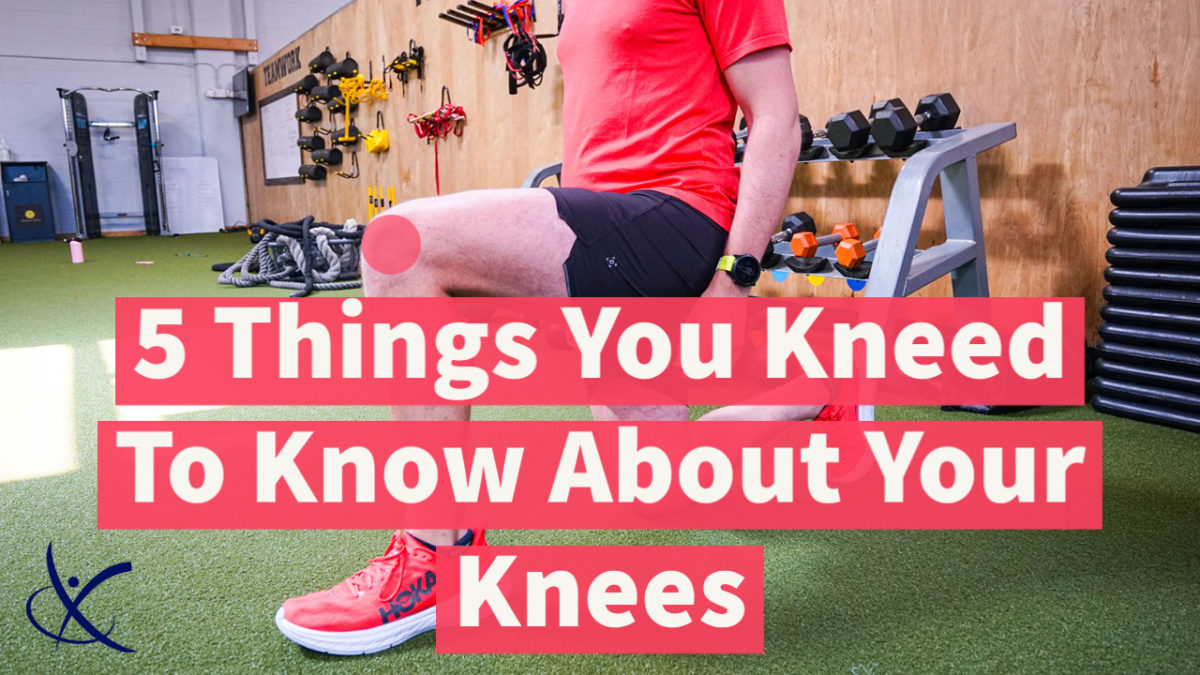
Top 5 Core Exercises for Runners
August 8, 2021
Five Tips to Turn Your Setback into a Comeback
August 21, 2021FIVE THINGS EVERYONE WITH KNEE ARTHRITIS SHOULD KNOW
“I have arthritis” is a phrase I have stopped keeping track of hearing. Unfortunately, our bodies are machines made up of wearable parts. Things will eventually wear down, but they do not have to be the detriment they are conventionally thought to be.
Here are five things you need to know if you have arthritis:
- It is not reversible
- You are not your image
- Strength training is necessary
- Mobility drills can help
- Don’t Stop Moving
Arthritis is the breakdown of the protective layer (cartilage) of the bones in the knee joint. It can be genetic or mechanical and is not reversible. The protective layer of cartilage is there to facilitate smooth movement of the bones of the knee. Unfortunately, this is usually the site of the most stress during movement. It can break down over time either due to excessive use or due to genetically predetermined reasons. Thankfully, there are things you can do in order to prevent further breakdown or mitigate the pain or loss of function often associated with knee arthritis.
It is also important to know that your x-ray or MRI doesn’t dictate your outcome. Regardless of what the image shows, there are usually a few other pieces of the puzzle needed to complete the picture. I don’t care how bad it “looks” on the image. In fact, there are studies supporting this notion. A systematic review of almost 5,400 knees showed that 19-43% of adults over the age of 40 had asymptomatic arthritic knees. Another study exploited the fact that the asymptomatic or less symptomatic knee “looked worse” on the x-ray. Anecdotally, I can’t tell you how often I’ve had individuals come in with reports that show moderate arthritic changes and have mild symptoms. That’s a great starting point as far as I’m concerned.
Pain can and does result in a protective response. We have a conventional wisdom that prioritizes self-preservation. So if we have some discomfort, or if we are told a body part is at risk then we will generally protect it and use it less. Unfortunately, that leads to more breakdown and weakness. In terms of the knee, we need a lot of strength there to preserve daily function including walking, standing and sitting, and going up or down stairs. We need to continue to strengthen in order to prevent further breakdown and loss of function. No ifs, ands, or buts.
In terms of mobility, disuse also results in increased joint stiffness. Joint movement and loading are essential to maintaining or improving joint health. There is a capsule keeping specific joint fluid inside the joint. Think of oil in a car engine to lubricate the moving pieces. It needs to be viscous and fresh. The joint capsule contributes to recycling or producing more healthy joint fluid. But this only happens when the body signals it to keep producing more. This signaling occurs through proper use and function. So it’s possible to see how limited use or over-protection of the knee could result in less joint fluid production and therefore poorer joint health. The take-home? Keep that joint mobile.
The ultimate message is that you must keep moving. Disuse breeds more disuse and only ends up prolonging that breakdown. Don’t let this type of diagnosis define you or your limitations. Movement is essential to maintain strength and function and this is doubly true for the knee joint. It is crucial that you push back on joint breakdown within reason in order to improve overall joint health. So “just keep swimming” as Dory says.
Happy Living!
John





